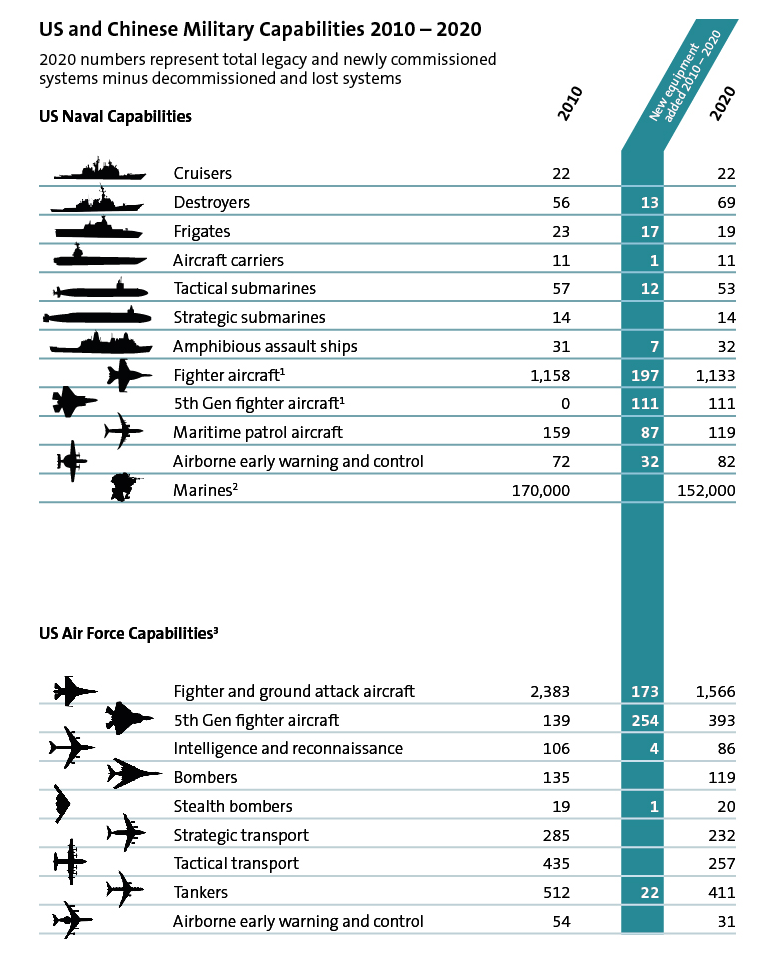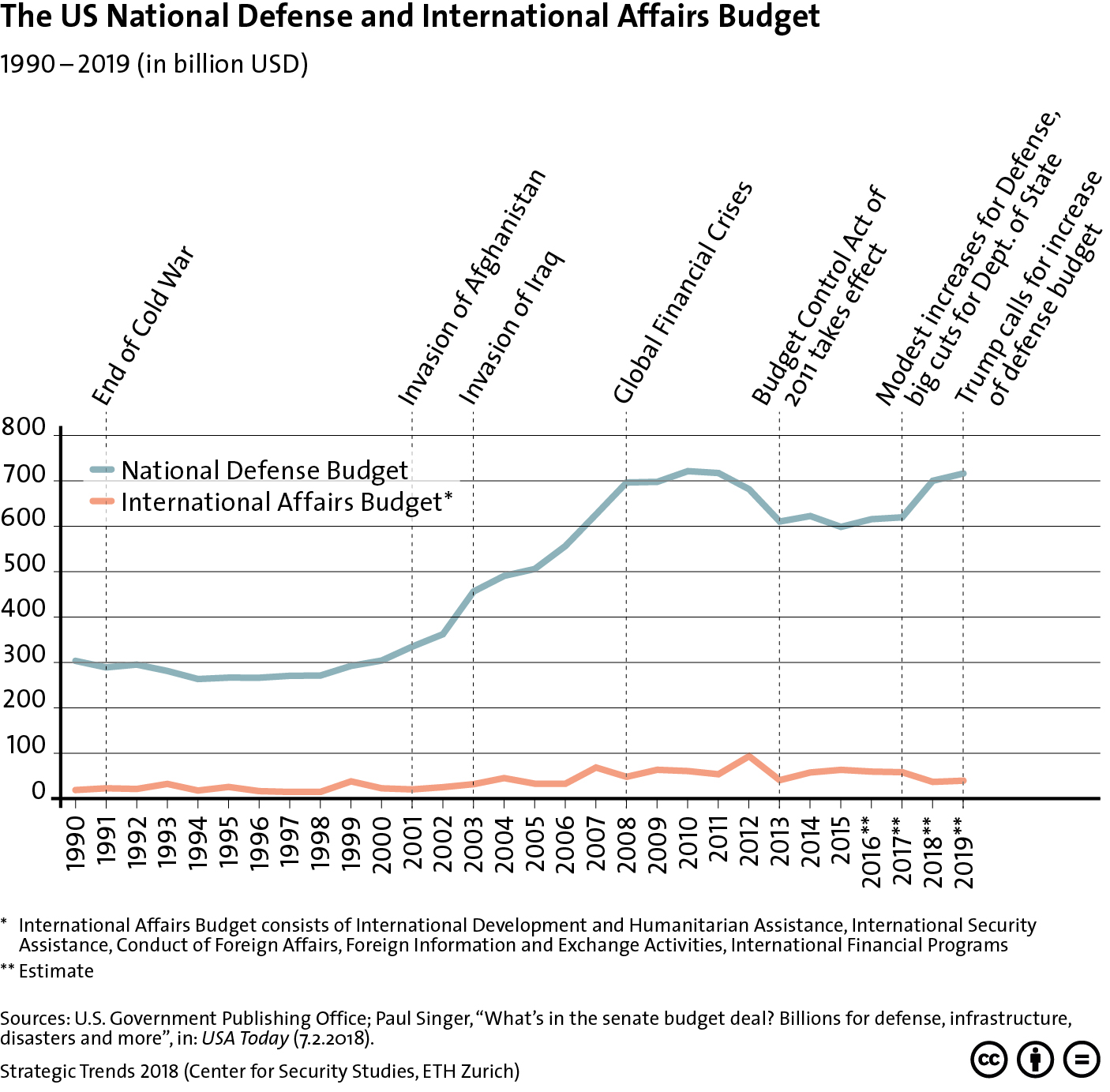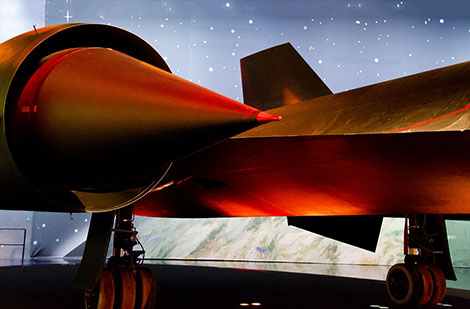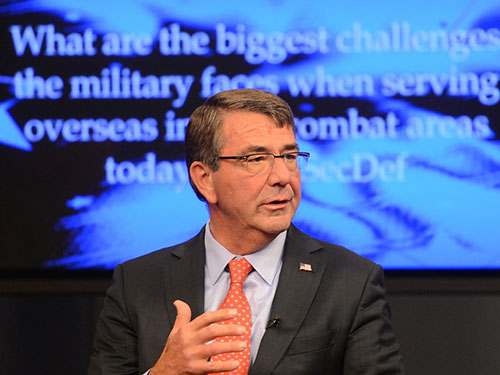
Tag: United States Military

This graphic outlines the US national defense and international affairs budget from 1990-2019. To find out more, click here to read Jack Thompson’s Strategic Trends 2018 chapter on how the US is struggling to manage external challenges as well as domestic constraints, such as the underfunding and mismanagement of the military and diplomatic corps. For more CSS charts, maps and graphics on defense policy, click here.

This article was published by War is Boring on 10 March 2017.
Politicians and military officers continue to insist the 2007 troop surge was a glorious success. It wasn’t.
The other day, I found myself flipping through old photos from my time in Iraq. One in particular from October 2006 stood out. I see my 23-year-old self, along with my platoon. We’re still at Camp Buerhing in Kuwait, posing in front of our squadron logo splashed across a huge concrete barrier.
It was a tradition by then, three and a half years after the invasion of neighboring Iraq, for every Army, Marine and even Air Force battalion at that camp to proudly paint its unit emblem on one of those large, ubiquitous barricades.
Gazing at that photo, it’s hard for me to believe that it was taken a decade ago.

This article was originally published by the Center for a New American Security (CNAS) on 1 December 2016.
President-elect Trump’s book The Art of the Deal applies the principles of negotiation to business, but they are universal to human nature. A century ago, a previous president indicated similar sentiment when Theodore Roosevelt wrote “Speak softly and carry a big stick.” Latent power fuels deals. Upon entering the highest office in the land, President-elect Trump will engage in entirely new types of negotiations. And in this new venue, military power is the new trump card.
U.S. military strength gives the United States leverage in the global arena.
Military power is not organic or constant. It requires investment, innovation, and maintenance. Deploying military power degrades it and requires later revitalization. Adversaries adapt to the most advanced equipment and effective tactics. New threats emerge while old ones wane. Military leverage stems from warfighting advantage, which encompasses two simultaneous requirements: the ability to project military power abroad and to protect the U.S. homeland.

This interview was originally published by War on the Rocks on 19 November, 2015.
How will the U.S. military stay competitive? This is about far more than platforms, bombs, and guns. It is fundamentally about people. And with archaic personnel systems plaguing the armed forces and the Department of Defense, our talented young men and women are being drawn away into the private sector in Silicon Valley and on Wall Street. Secretary of Defense Ash Carter sat down with WOTR’s Ryan Evans to talk about the Force of the Future initiative – a sweeping program of reforms that aims to bring the Department of Defense into the 21st Century in terms of how it manages its most important asset: human beings.



